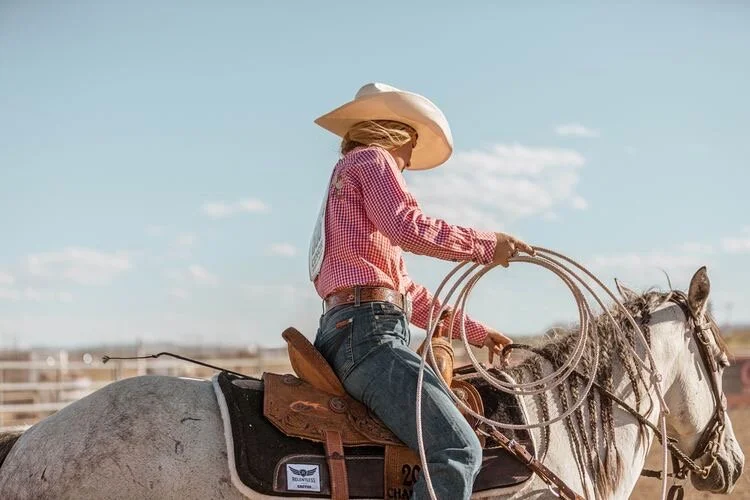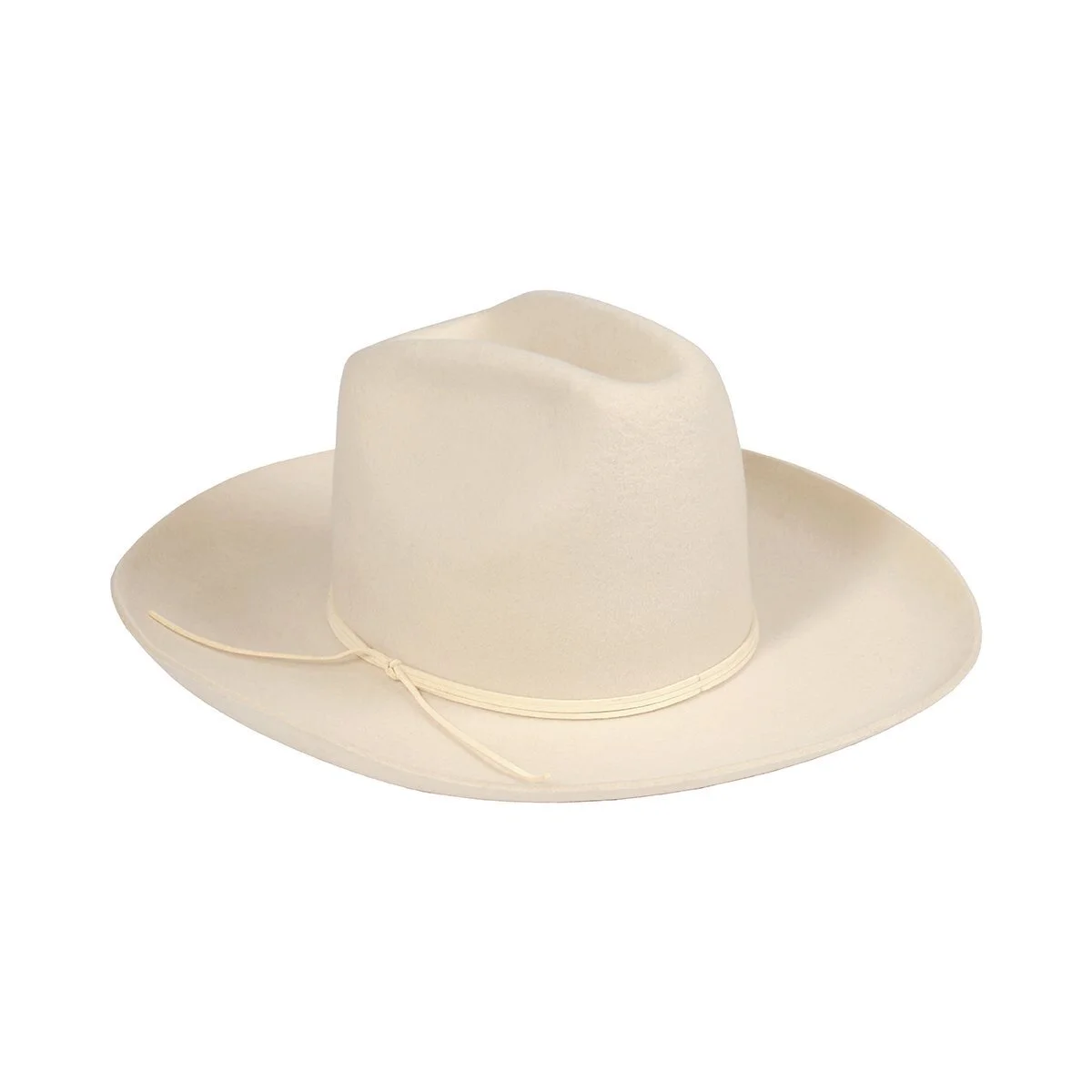An Ode to the American Cowboy
By Isabelle Redfield
Back in the day, there was no such thing as just popping into a store to shop the latest style, or hopping on the latest fashion trend. Of course, there were exceptions, but for the most part, American women had a few, well-tailored, and functional dresses that could work for a myriad of occasions. Out of necessity and pragmatism, women’s clothes in these days were made to last, and “fast-fashion” hadn’t yet consumed the garment industry. The same standard is true for every item the American cowboy traveled with on the Frontier.
Over the past six months, we’ve heard the word “essential” more than ever. Early American settlers, many of whom pioneered their identities as frontiersman, ranchers, and cowboys did not, and could not, bother with anything “non-essential”— especially when it came to their clothing. Utility and quality reigned supreme. Practicality was imperative, and aesthetics evolved naturally thereafter. While there certainly was no large scale marketplace nor competition to source clothing from, their “uniforms,” shall we say, remained functional pieces for their profession and lifestyle that simultaneously catered to the extremes brought on by their physical environment.
We understand western-style never has and never will go out of style. The American cowboy’s rich and weathered history, rugged spirit, and Hollywood romanticization ensure that. So does Ralph Lauren. A pair of ranch boots and a well-worn working hat were found in President Reagan’s wardrobe, and likewise, remain a staple-piece to Americans across our nation today. But the reflexive iconography of the American cowboy we know has developed far past the identity of a rugged, tough-skinned, John Wayne Westerner. Just look to photojournalist Ivan McClellan and his passion project, Eight Seconds. I discovered McClellan in an interview he did with Boot Barn, and his words touched me: “The American Cowboy is an archetype. It lives in our collective consciousness representing the love of the land, care for its creatures, and the hard work that affords freedom. It is a romanticized analog in our digital age. Currently, the cowboy is a fluid figure represented by many races, cultures and genders, creating a much more varied image than ever before.”
Speaking of cowboys, let’s talk hats. After spending the last months away from Texas in Colorado, I’ve learned a great deal about the seriousness with which “hatting” is taken. The history behind the accessory is exceptional, and for many, a hat can quickly become an extension of oneself. Though the cowboy hat’s concept can be traced back to the 13th century, Stenson, the iconic all-American brand established in 1865 is widely regarded for giving life to the modern cowboy hat. Founder John B. Stenson introduced frontiersmen in Colorado to felt hats made of beaver and rabbit, which fared much better than wool in wet weather. Similarly, Stenson created the “X factor rating” system, which is a cowboy’s nod to the quality of any given felt hat. Ratings range from 1X to 1000X, and the higher the percentage of wild furs used to make the hat, the higher the X factor rating. These X’s marked subtly on the sweatband inside determine the overall quality, strength, and value of a hat.
But it’s no secret part of pulling off a cowboy hat is looking the part, and not all of us can live like real frontiersmen. The distressed and worn-in look of an authentic cowboy hat was achieved by putting in hours outdoors in the rugged American West. Until Kemosabe arrived on the scene in 1990 and began discretely distressing hats into personalized and one-of-a-kind western-wear that lasts a lifetime, you really had to work for days to get a sweat stain. Using steam to modify and protect the shape, along with colored feathers and genuine fire-branding, the Stenson-Kemosabe partnership is a match made in Western heaven. For a more coastal take on the western hat, Nick Fouquet has made a name for himself in Venice, CA, with his handcrafted hats made from 100% beaver fur. Lack of Color offers a variety of shapes, sizes, and styles in a secretly affordable way. Boot Barn is a classic, reliable, all-American company that really knows what they’re doing when it comes to Western workwear. Now more than ever, Americans hailing from all regions of our country can take part in the ever so idealized western lifestyle.
The American cowboy is noble, resilient, and free. The cowboy hat is the physical embodiment of the cowboy spirit, and by extension, the American spirit. We love the cowboy hat and its increasing popularity, from the plains of Texas, to the Rocky Mountains, to our biggest cities. Cheers to those Westerners still pioneering America’s heartland with shared integrity, an eye for limitless horizons, a sacred mental fortitude, and an all-American spirit— we will forever emulate your style and honor your contributions to our nation.
Take a peek at the styles we’ve selected below.
Photo via @boot_barn_offical







